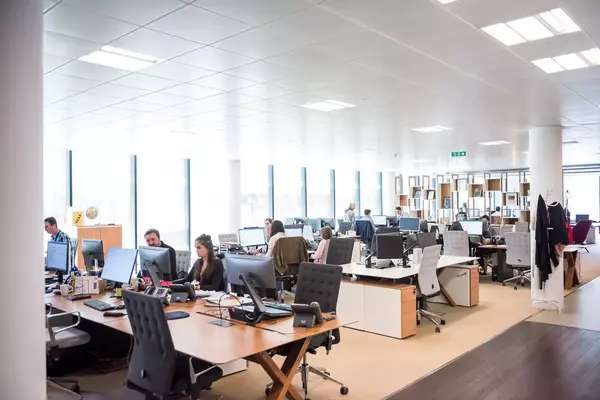An eco-conscious marketplace
An eco-conscious marketplace
Without a doubt, global warming, carbon footprint, eco-consciousness, greenwashing and circular economy are all at the forefront of the media nowadays, across all sectors of industry.
When it comes to environmental awareness, we’ve taken the time to assess the ins and outs of our own industrial space, namely Testing, Inspection, and Certification (TIC), and have come up with remarkable discoveries. The TIC market is somewhat fragmented, but for the most part it is controlled by the top tier of established companies, which have become household names for some. No name bashing here, just a simple bird’s eye view of how the market currently operates.
"At inspexion.com, we hope to make an impactful contribution towards lowering our industry's carbon footprint."
S.Sakoschek, CEO
The larger players have simply been around for so long that they’ve gradually grown into quasi-parastatal institutions. They operate via large and global real estate immobilizations, IT infrastructures and systems. They simply haven’t yet had time to adapt to the new world order, whether it comes to communication speed and deliverables, or indeed to environmental proactiveness.
It is a simple remark that when a customer requests a quote for inspection from one of the established and larger players, the turnaround times and rates have increased exponentially over the years. It is not a surprise to expect a week for a reply to an e-mail, an additional week for an inspection to get carried out, and yet another week for a report to be issued. There are of course many explanations for this, enormous head offices and gigantic management teams notwithstanding. Their entire supply chain is burdened by the lack of availability of internal resources, by delays in the identification the right inspector to carry out the right task, or simply having to find a subcontractor, company or individual in the right location as a last resort. The consequences go far beyond customer frustration and simple inadequacy (it takes 21 days for a container to cross the globe, and it can take up to 30 days or more to receive an actual pre-shipment inspection report, this is just an example)
These built-in inefficiencies are actually causing CO2 emissions which are no longer excusable. The “big” inspection houses will often tend to end up sending an employed inspector to remote locations to perform a task, because he’s available and on the payroll, and so, he must be kept busy. They are also reluctant to disclose that they regularly use subcontractors in any event, but often at the last minute, and not even necessarily closer to an inspection site.
As the world’s premier inspection marketplace inspexion.com , we’re not claiming to instantaneously reduce the TIC’s industry’s carbon footprint, but simply that we’re trying to put a dent in the system.
When we know that
- the multiple requests for quotes (by a user) from multiple inspection companies by e-mail represent 4g of CO2 each
- the average distance travelled (this is a weighed average across thousands of jobs, where the “traditional” inspectors have travelled by car or even plane) is of 100km round trip, and
- 30 to 80MB inspection reports are also e-mailed…then we can easily work out that the average “traditional” inspection process represents 800g of CO2 emission, whereas -everything else remaining equal - getting an inspection done via our platform would bring it down to 80g.
In other, and more simple words, the closer an inspector is to the actual inspection location, the less he's going to travel to get there.

Whether you're a pro or a first time buyer, our team is here to give you advice when you most need it.
Whether you're a seasoned buyer, procurement manager, supply chain manager, category manager, manufacturer, Amazon reseller, retailer, or a once off buyer, we're here to answer your questions and to take you through every step of the process when you most need us. 24/7.





